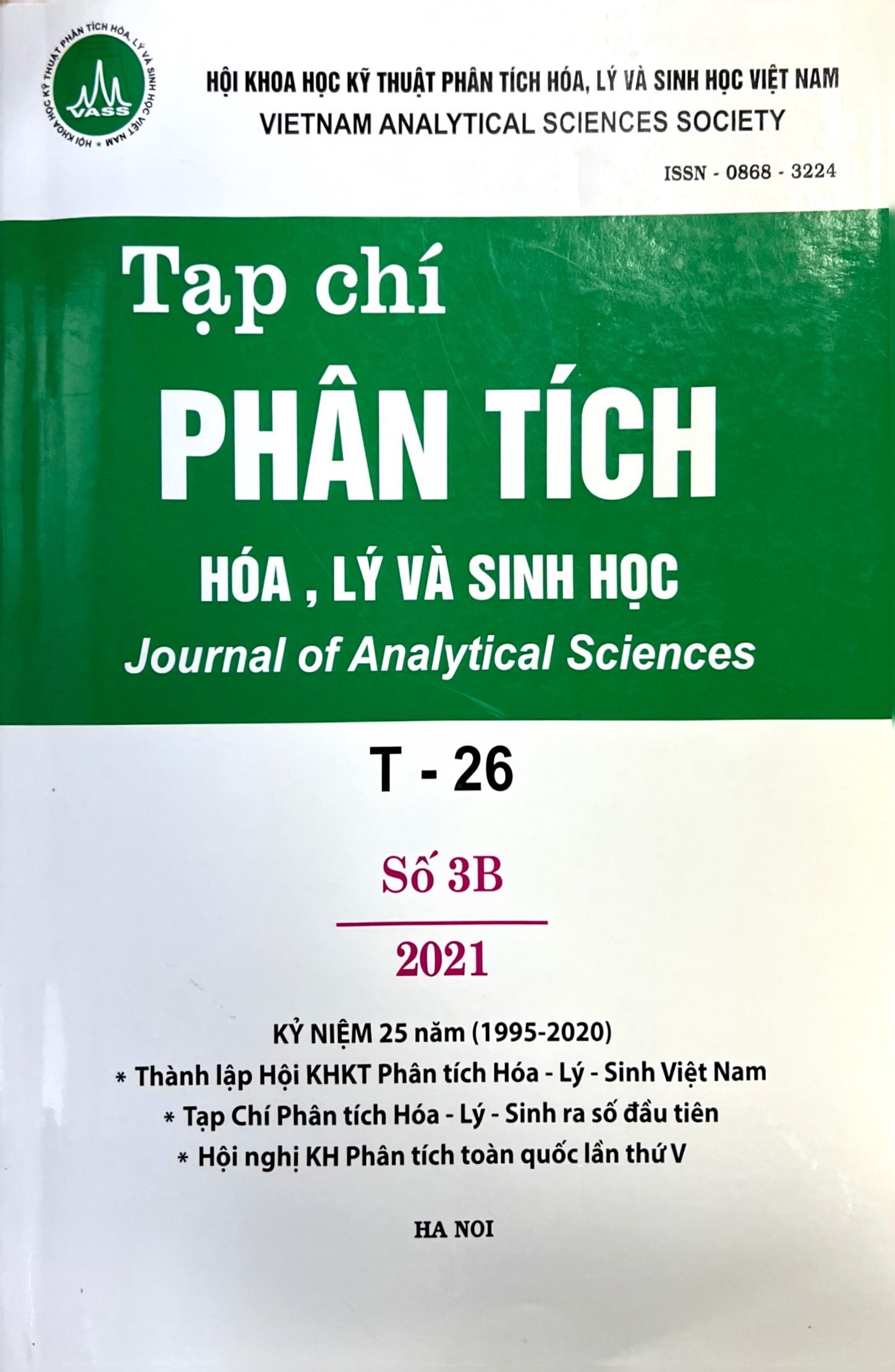KHẢO SÁT MỨC ĐỘ NHIỄM VÀ ĐẶC ĐIỂM KHÁNG KHÁNG SINH CỦA SALMONELLA SPP. PHÂN LẬP TỪ THỰC PHẨM TẠI CÁC CHỢ TRUYỀN THỐNG TRÊN ĐỊA BÀN THÀNH PHỐ HỒ CHÍ MINH
Tóm tắt
In the present study, a total of 1,520 samples (380 samples/group) belonging to 4 groups (meat, egg,
seafood, vegetable and their products) were randomly collected at local markets in Ho Chi Minh city.
The results showed that 256 samples contained Salmonella, so the infection rate was 16.84%
(256/1,520). The highest rate of samples infected with Salmonella (43.16%) was meat (164/380), then
seafood (23.95%), vegetable (0.26%) and no eggs sample was found to contain Salmonella. A total of
19 Salmonella serovars was found including S.Kentucky, S. Infantis, S. Agona, S. Potsdam, S.
Saintpaul, S. Braenderup and S. Indiana. The rates of Salmonella spp. isolates resisted to 1, 2-5 and 6-
11antibiotics were 11.33%, 32.00% and 19.33%, respectively. The isolates had a high rate of
resistance to antibiotics TE (52.00%), AM (42.67%), STR (37.33%), C (36.00%) and SXT (34.67%). In
contrast, 96.00% of isolates were susceptible to CAZ. The rate of multidrug-resistant Salmonella was
51.33% (77/150 isolates). Common antibiotic resistance phenotypes were AM, C, TE, SXT accounting
for 8.51% (8/94) and AM, C, NA, GN, STR, TE, SXT accounting for 6.38% (6/94). Therefore, it can be
said that the multidrug-resistant Salmonella are widely disseminated not only in meats, but also in
seafood, vegetable, within the food distribution system of Vietnam. The presence of these multidrugresistant strains is a public health concern and suggests that the use of antibioticsin both humans and
animals in Vietnam should be tightly controlled.

